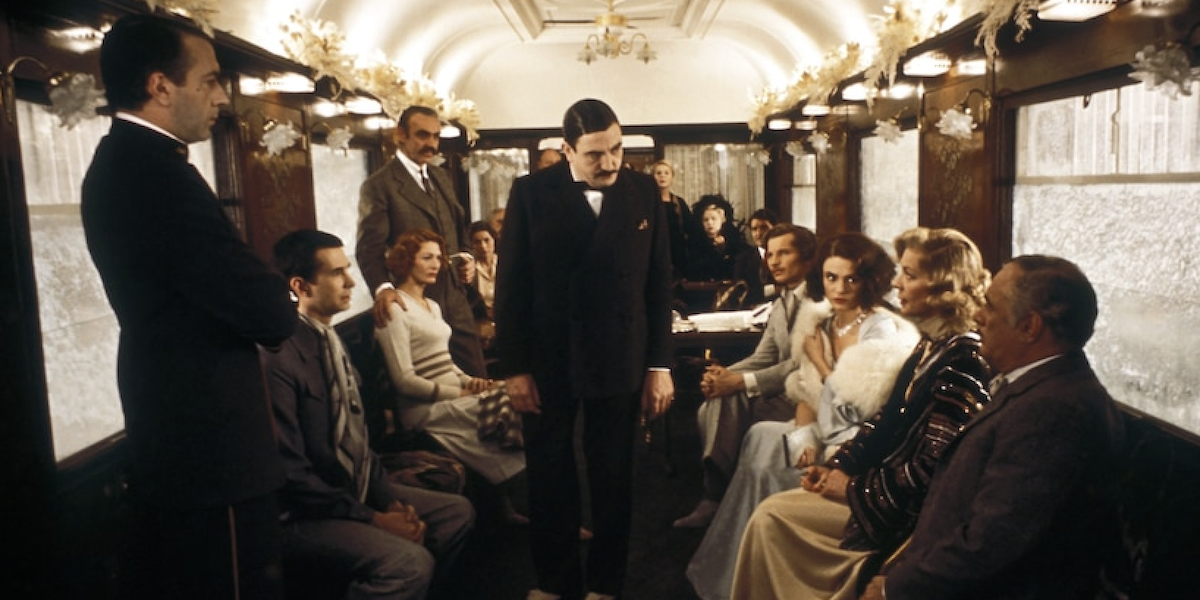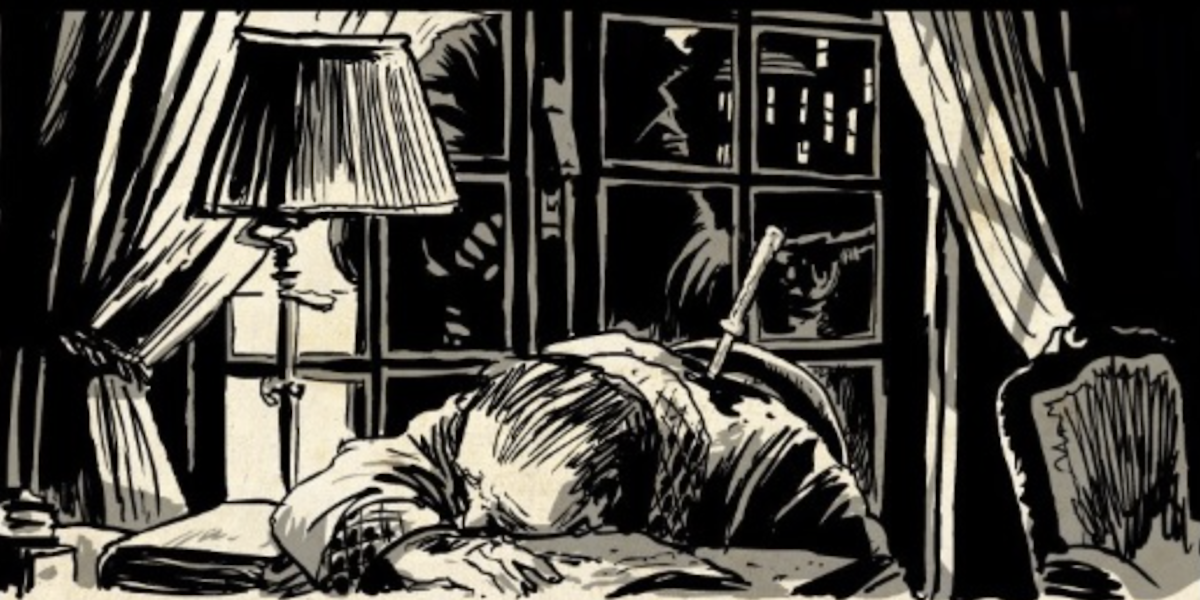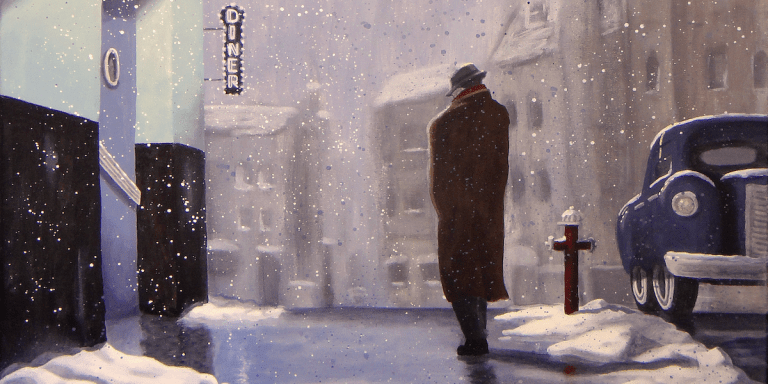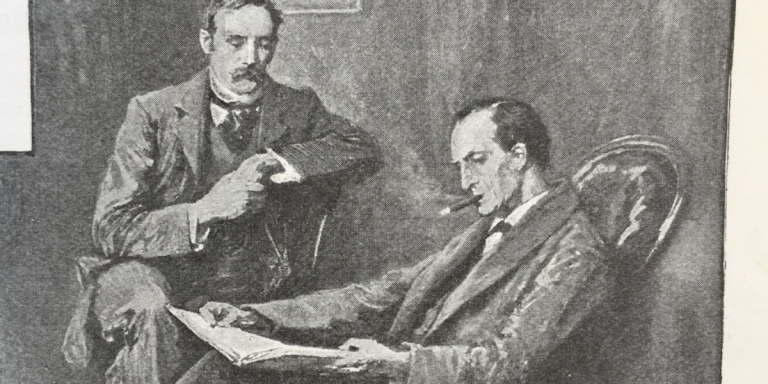Captivating Tales: Why We Love Locked-Room Mysteries
 Locked rooms have fascinated readers of the mystery genre for more than two hundred years. When we think of impossible crimes, Agatha Christie and Arthur Conan Doyle maybe two of the first authors that spring to mind for many readers. But neither of them was the first to break into the locked room, nor are they the only ones by any means.
Locked rooms have fascinated readers of the mystery genre for more than two hundred years. When we think of impossible crimes, Agatha Christie and Arthur Conan Doyle maybe two of the first authors that spring to mind for many readers. But neither of them was the first to break into the locked room, nor are they the only ones by any means.
Edgar Allan Poe’s 1841 short story “The Murders in the Rue Morgue,” concerning the gruesome deaths of a mother and daughter in their Paris apartment, is often considered the first locked-room mystery. However, the solution—an orangutan breaks in after escaping from its owner—may be seen as many mystery aficionados as being utterly preposterous. (Poirot might have dismissed the idea as one of Captain Hastings’s flights of fancy.)
Gaston Leroux’s The Mystery of the Yellow Room and Wilkie Collins’s The Moonstone are closer to what most of us would probably consider being a locked-room mystery.
John Dickson Carr is often credited as having perfected the locked-room mystery, with works such as 1935’s The Hollow Man and 1941’s The Case of Constant Suicides.
Today, mystery writers continue to come up with all kinds of new, inventive, and thrilling takes on the locked-room mystery, such as Ruth Ware’s The Woman in Cabin 10; Lucy Foley’s The Hunting Party, and Megan Goldin’s The Escape Room.
What is a locked room?
The locked room goes way beyond the library, the study, or the bedroom. A locked room could be any confined space: trains (a particular favorite of Agatha Christie), planes, boats, elevators, cars, and so on. It could also be a fabulous beach resort on an island, or a ski lodge in the mountains: any location where the means of ingress or egress are limited. (And this raises the stakes as the witnesses realize they are trapped there with a murderer who may yet kill again.)
Indeed, the crime may not involve a physically confined space at all. It could be a subtle manipulation of the time of death to give others the impression that the victim was alive at a much earlier time, or some kind of drama played out in public to give the prime suspect a cast-iron alibi.
In many of the best locked-room mysteries, the solution turns out to be something relatively straightforward, but at the same time, oh so clever and diabolical.
Consider Benoit Blanc’s ludicrous but totally-makes-sense analogy about donuts and donut holes in the movie Knives Out, which is a latter-day locked-room mystery itself. The donut hole at the center of the donut turns out to be a much smaller donut with a hole of its own. For a deeper dive into locked-room mysteries, check out this analysis or check out some of our favorite locked-room mystery books.

Howdunit?
How might a killer commit murder without entering or leaving a locked room? Let us consider some of the possibilities. The victim may already be dead, and the killer, who might be particularly skilled at disguises and makeup, may have impersonated the victim for the benefit of any nearby witnesses. Granted, this would be most effective if the witnesses were not people who knew the victim well.
A killer might have put a slow-acting poison in the victim’s food or drink at an earlier time, or perhaps tampered with medicine that the victim was in the habit of taking.
Of course, there is also the ever-popular secret passage behind the bookshelf or the giant painting on the wall: a device that has been done to death, so to speak.
In Christie’s 1936 Poirot novel Murder in Mesopotamia, Louise Leidner is found dead in her room from a massive blow to the head. No one was seen entering or leaving her room at the time of her death.
It is only when one of the other members of the household makes a cryptic remark about seeing how someone could get in from outside that Poirot realizes what has happened. But that person also dies a short time later.
Spoiler alert: Leidner was somehow tricked into looking out an open window, and the culprit drops a heavy weight onto her head.
One of the short Holmes stories, “The Adventure of the Speckled Band,” sees a young woman die a terrible, painful death, gasping to her sister “The speckled band!” The culprit is revealed to be the sisters’ villainous stepfather with the help of a venomous snake. (And justice is served when the snake turns on its handler.)
Putting the pieces together
There is a certain logic puzzle that goes like this: “You are in a room with only one door. There is no window, no other way to get out. How do you leave the room?”
Some variations of the puzzle include a lot of specific details about the room’s size and any other objects that might be present. A lot of times, people may give some outlandish answer: tunneling through the floor, breaking down a wall, shimmying through the vent system, and so on. But the answer is simple. “Open the door.” A lot of us make the mistake of assuming that the closed door is a locked one. Thus, the impossible, when the facts are looked at from another angle, becomes possible.
Reading a mystery is basically another form of solving a puzzle. These pieces don’t seem to fit together. Ah, but what if we turned one piece this way, and another piece that way? And the “eureka” moment is a very satisfying one.
Nobody likes a straightforward mystery. If it were obvious who the killer is and why they did it, it wouldn’t be a mystery. At best, it would be a thriller or a procedural. At worst, it would be a short and rather unsatisfying tale.
The locked-room mystery is a form that keeps us guessing, turning the clues over and putting the pieces together, over and over until the very last page. And that is why it has appealed to generations of mystery lovers over the centuries, and will likely continue to do so.
By clicking 'Sign Up,' I acknowledge that I have read and agree to Hachette Book Group’s Privacy Policy and Terms of Use
WHAT TO READ NEXT



